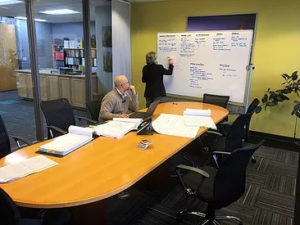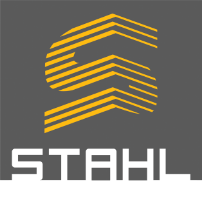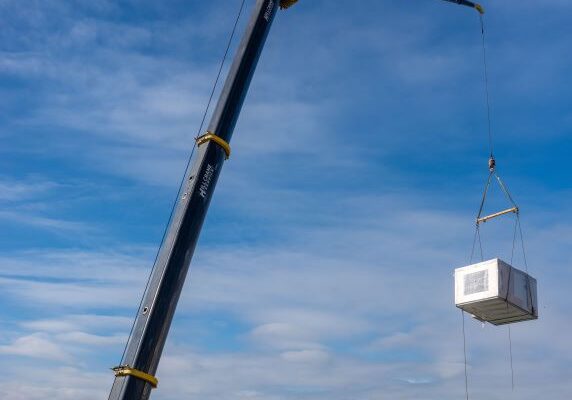Completing a large construction project is a big undertaking in reaching the scope, schedule, and budget to accomplish the owner’s goals and objectives. Then, add in the complexity of a healthcare project, meeting the Office of Statewide Health Planning and Development (OSHPD) requirements, seismic codes, and equipping the facility with all the Medical and Non-Medical items to open the doors. The task just got BIGGER! Fortunately, there are firms such as ours that thrive on just such challenges. One of our many expertise lies in the Procurement Coordination of Medical and Non-Medical equipment.
The following major steps will help to achieve a successful project for the owner:
- Programming/Design/Planning
- Equipment Specifications
- User Review/Validation
- Purchasing
- Scheduling
- Warehousing/Delivery/Installation
- Punch List & Project Close-Out
In the first of this 7-part blog series, we will talk about:
Programming/Design/Planning
Programming takes place in the early stages of the project and includes the architect, medical equipment planner, users, and other specialized consultants/engineers such as Electrical, Mechanical, Plumbing and Low Voltage professional. Once all the information has been gathered, the design professionals take the information and develop the schematic plans, followed by the Design Development phase, and then complete the work with Construction Documents. As the building plans are developed, the Medical equipment is also taking shape with specifications, room layouts and “tags” depicting where items will be placed in the facility. The Construction Documents will then go through a series of reviews, including OSHPD, to obtain the building permits necessary for construction to begin.

When the programming phase gets underway, it is ideal if some of these planning sessions can be done “offsite” from the normal facility. It often helps the group think “outside the box,” stay more focused, and experience fewer interruptions from staff during this important first step. Since a healthcare project can take 3-5 years to complete, often with multiple staffing changes, it is important to keep accurate historical documents through the life of the programming phase. Having someone like The Stahl Companies, with many years of project experience, can help avoid some of the pitfalls through having solid documentation.
“We’ve got answers for you, call us at 916.635.8855”



